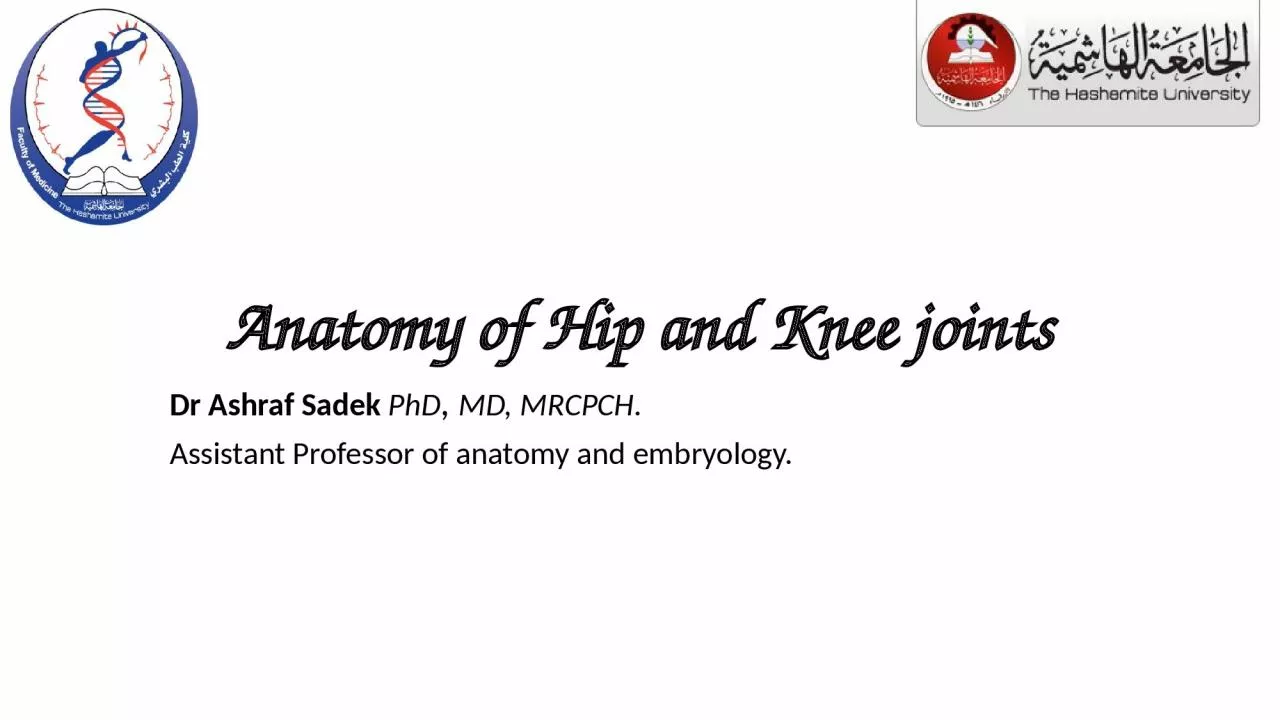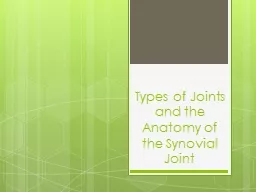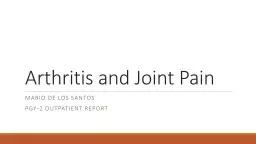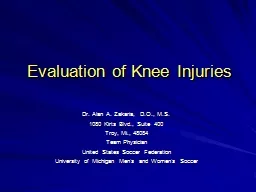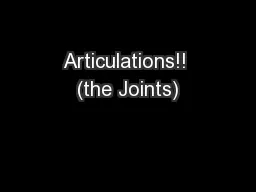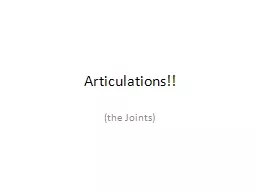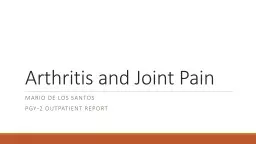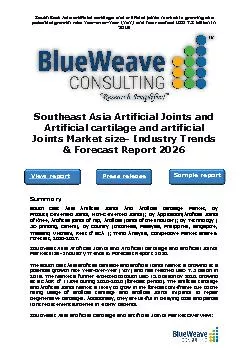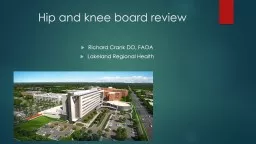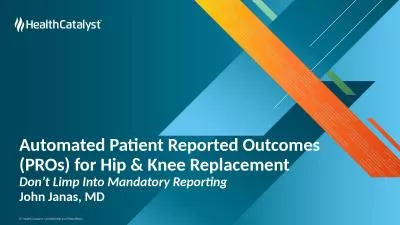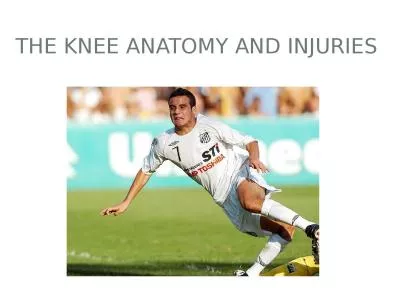PPT-Anatomy of Hip and Knee joints
Author : oneill | Published Date : 2024-02-02
Dr Ashraf Sadek PhD MD MRCPCH Assistant Professor of anatomy and embryology The Hip Joint Type synovial ball amp socket Articular surfaces 1 acetabulum of
Presentation Embed Code
Download Presentation
Download Presentation The PPT/PDF document "Anatomy of Hip and Knee joints" is the property of its rightful owner. Permission is granted to download and print the materials on this website for personal, non-commercial use only, and to display it on your personal computer provided you do not modify the materials and that you retain all copyright notices contained in the materials. By downloading content from our website, you accept the terms of this agreement.
Anatomy of Hip and Knee joints: Transcript
Download Rules Of Document
"Anatomy of Hip and Knee joints"The content belongs to its owner. You may download and print it for personal use, without modification, and keep all copyright notices. By downloading, you agree to these terms.
Related Documents

